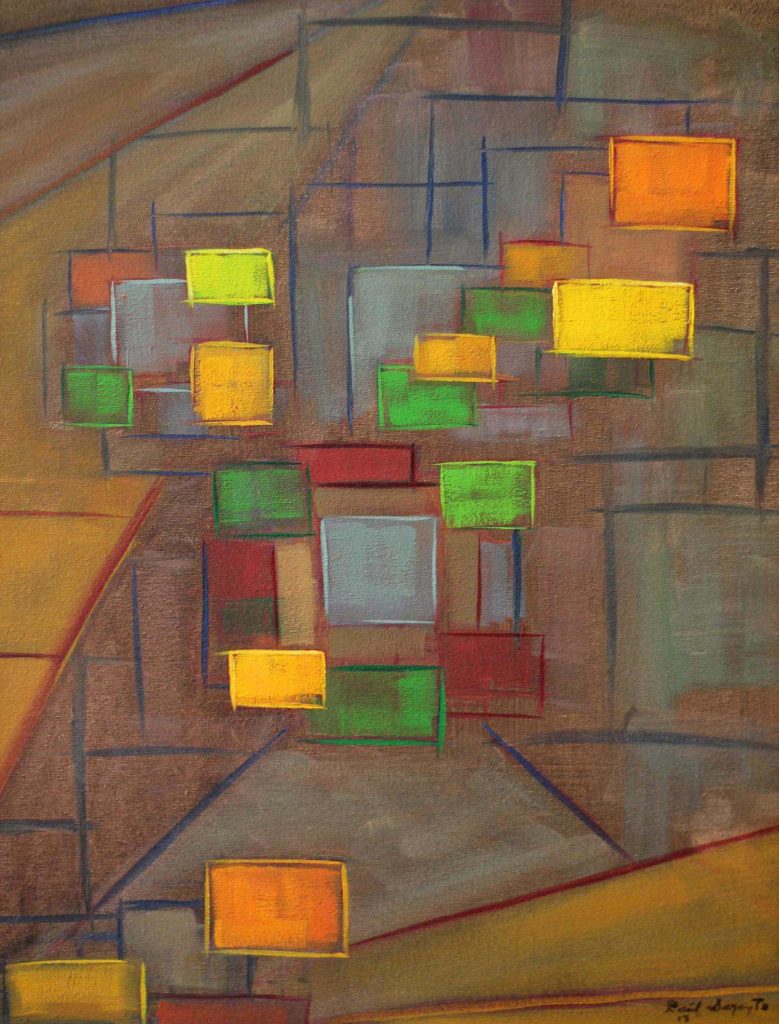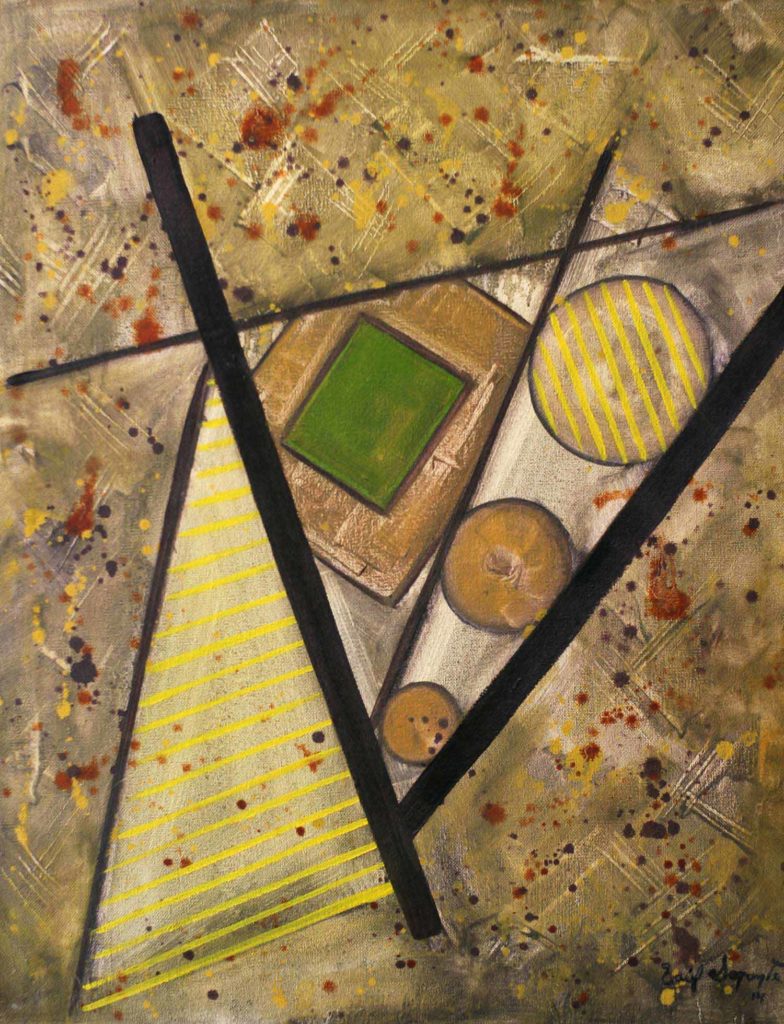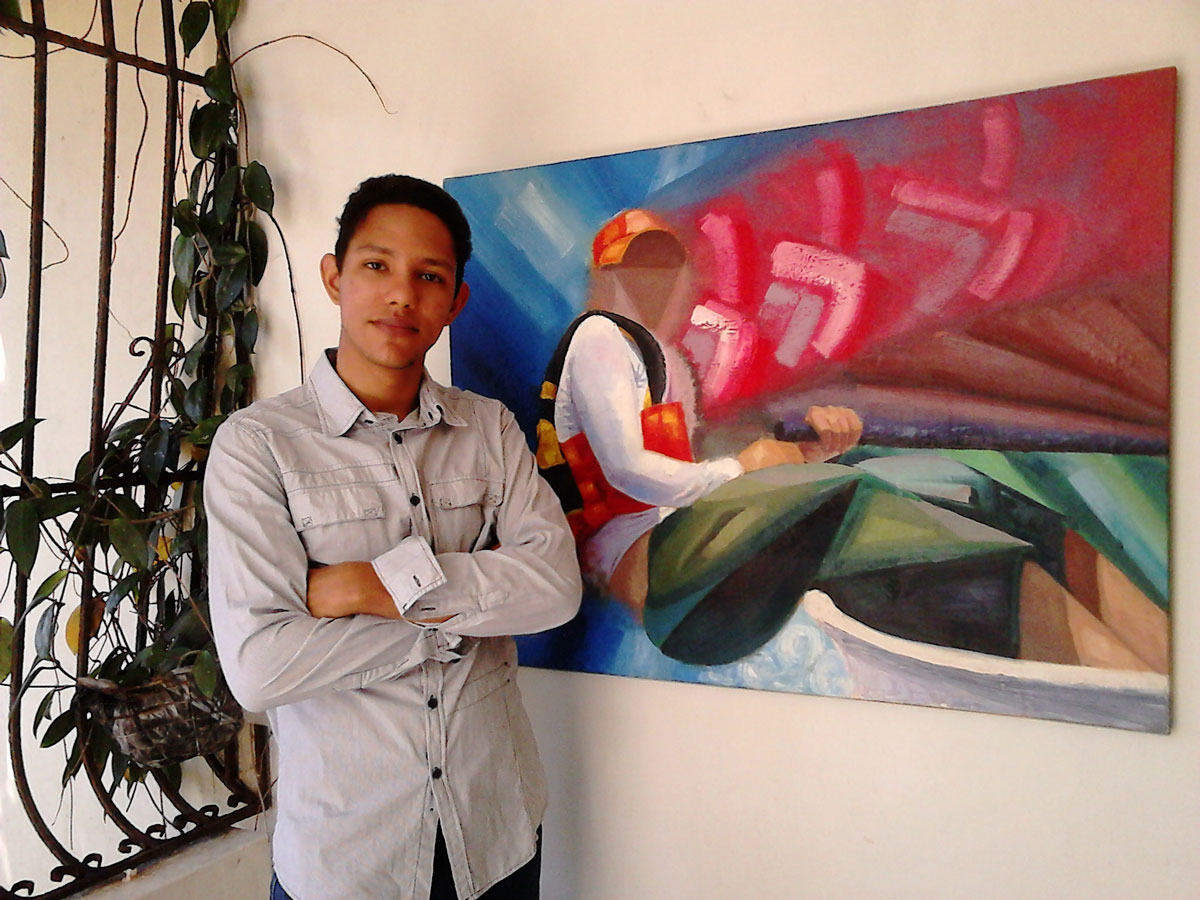A few years ago I had the inspiration to do a futuristic work for the first time as part of my artistic activity. That work was titled “dynamism” and interprets the effort and movement produced when maneuvering a sailboat. Subsequently, I will describe what the futuristic movement consists of, how my interest in this artistic style arose and what formal resources I used to represent the movement of objects. Finally, to tell you how from the figuration of these paintings I drifted towards abstraction, a habitual language in my work.
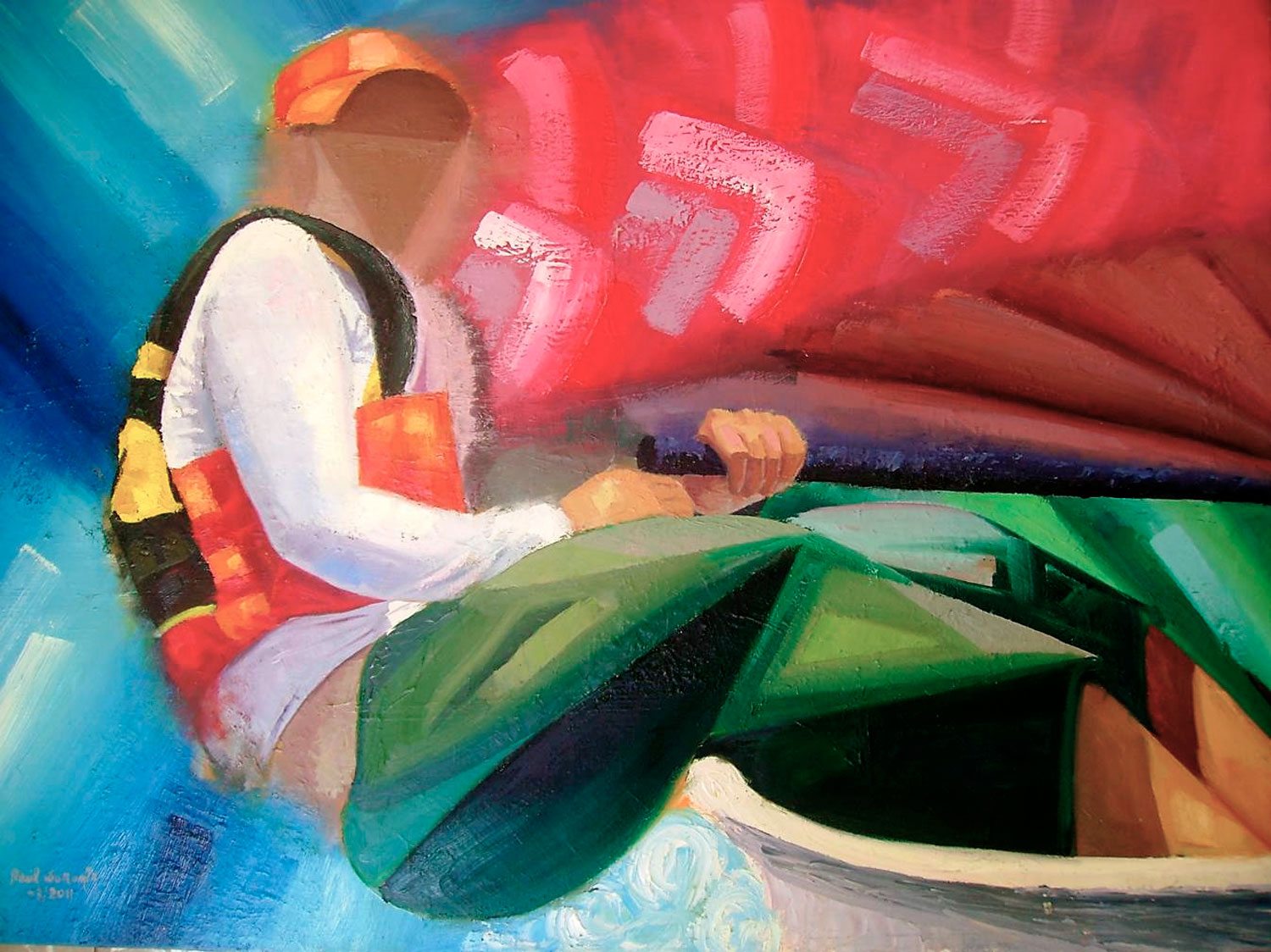
Description of the futuristic movement
Futurism was an artistic movement that emerged in Italy at the beginning of the 20th century. The formalist structure that reflected his works, had as main interest, to express the locomotion of objects in time, the vertiginous growth of large cities and the technological advances of machinery resulting from the industrial revolution. This was a movement that had repercussions in painting and sculpture as well as architecture.
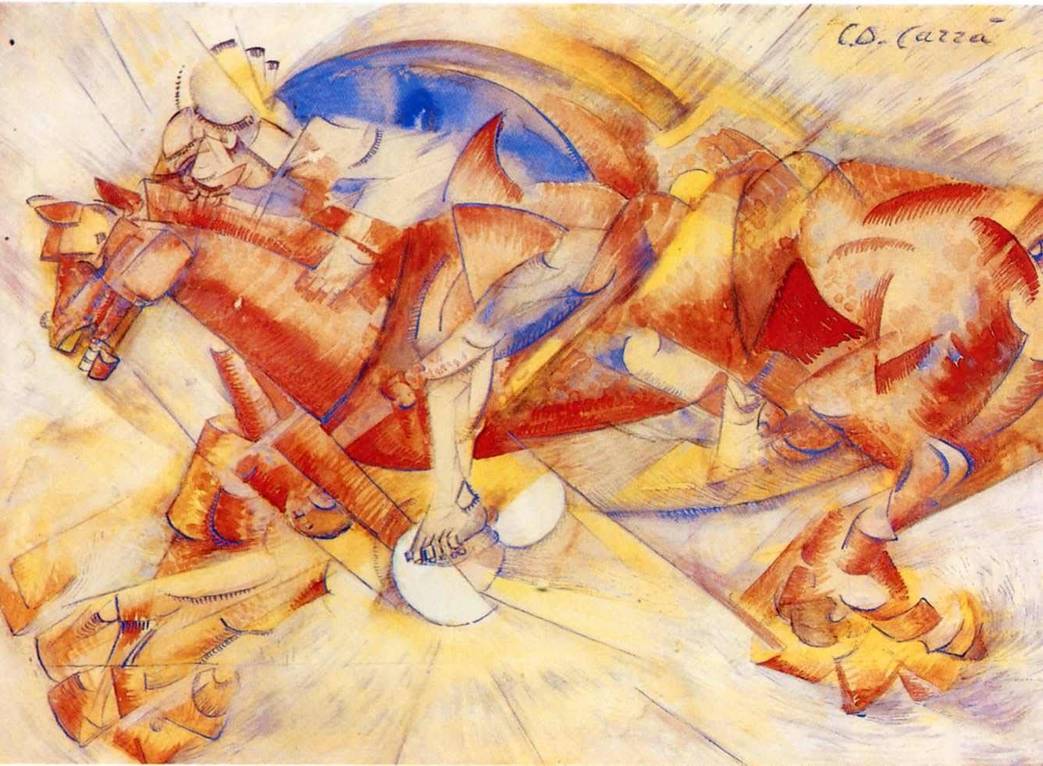
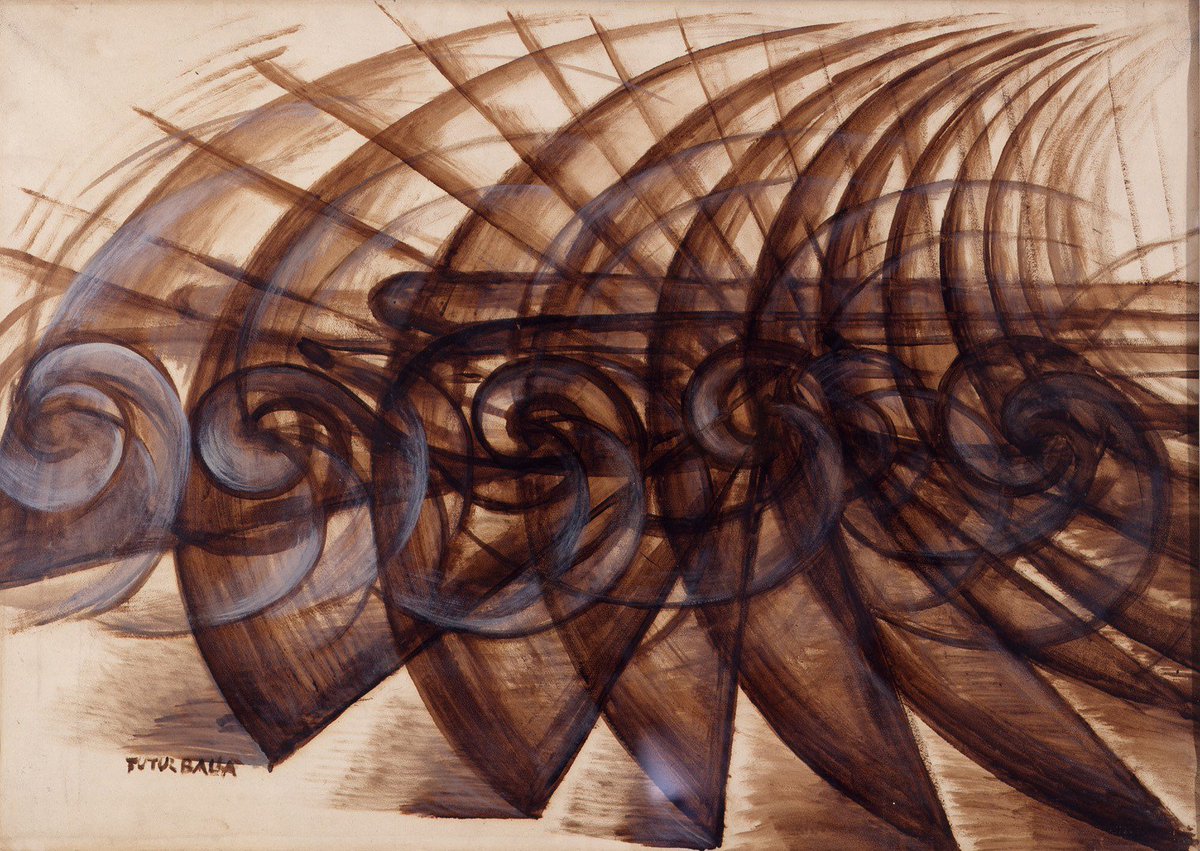
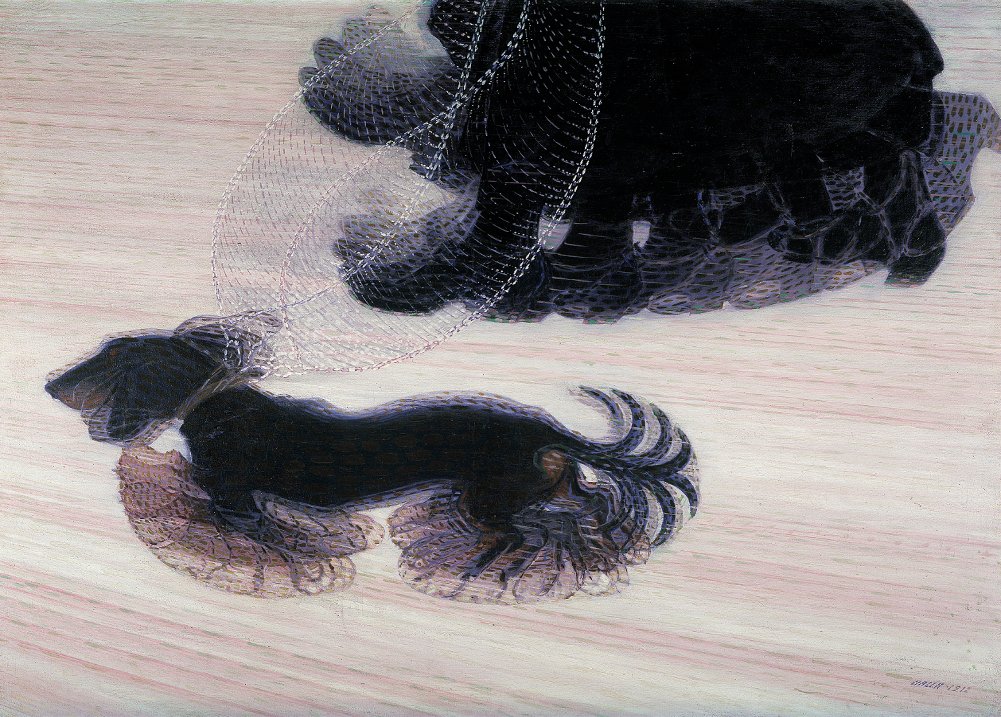
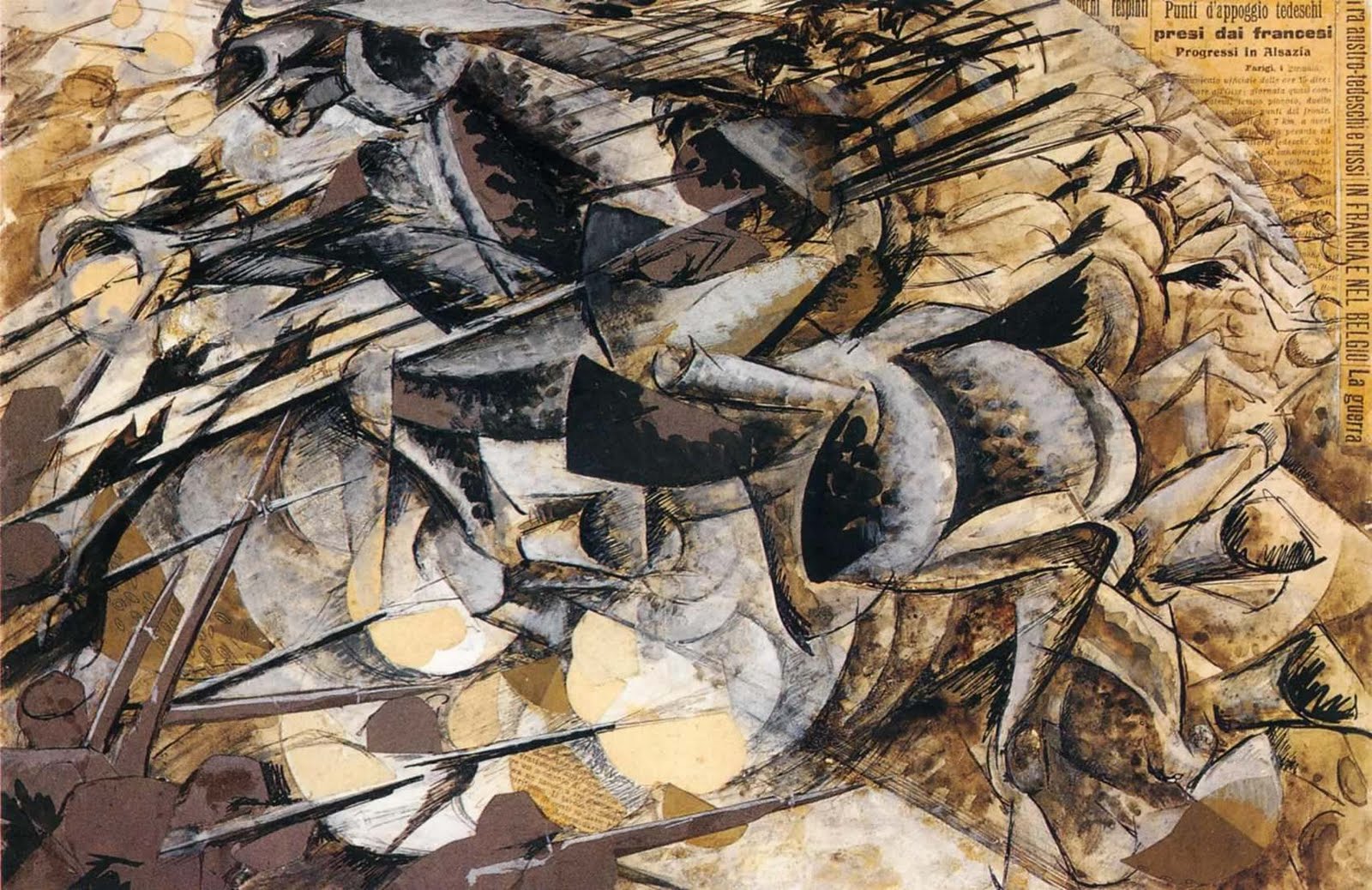
The mechanics of movement
To clarify, I already mentioned that my first futuristic work consisted of the dynamic representation of an athlete maneuvering a sailboat. Given these points, it was necessary to show that displacement of the body consisting of a counterweight to keep the boat in balance. As I had already studied futuristic works, I had a clear reference to take into account. The most representative futuristic works have been those that interpret the speed of either the transit of a motorcycle, a locomotive or a rider riding his steed, to name a few. Above all, horse races were the ones that inspire me the most. I did two works of this kind, in which I sought to capture the movement described by the galloping figures. Using color gradients, I could abstract the silhouette of the figures, to express the wake that captures the human eye when this displacement occurs.
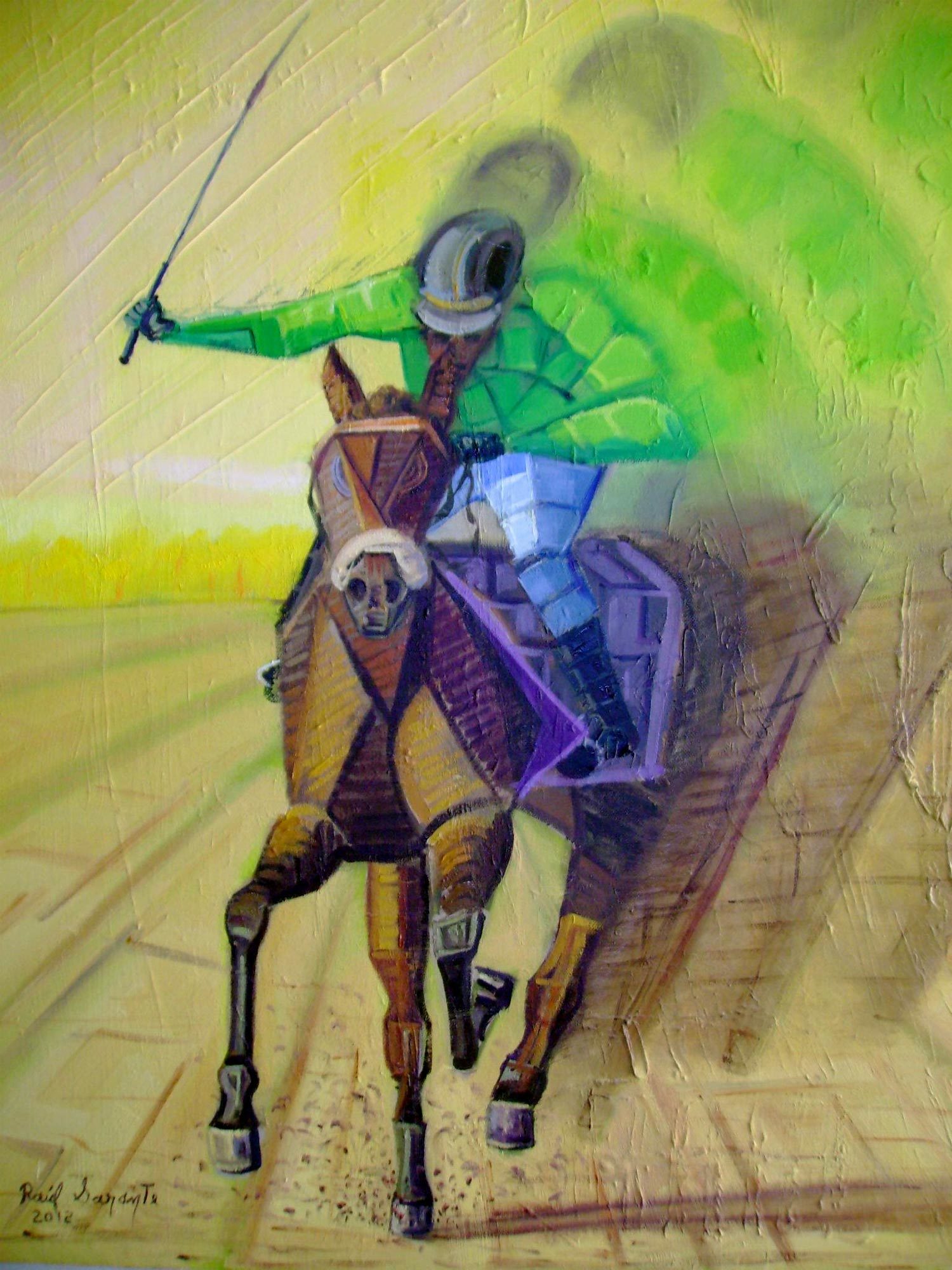
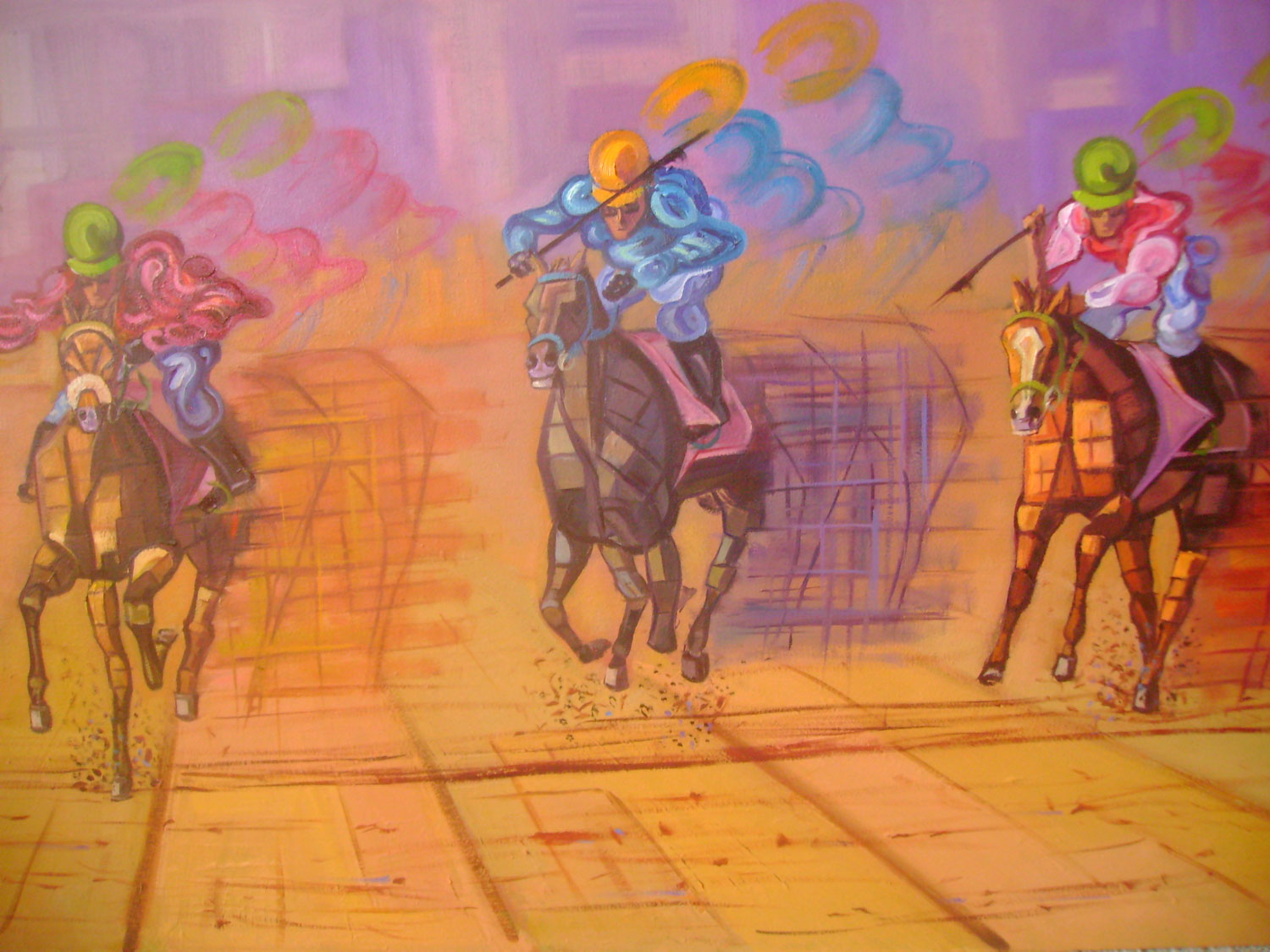
Futurism as a reference towards abstraction
In conclusion, the futuristic works that I made were part of an experimentation process that became an abstract-geometric formalism. The gradations of colors and forms gave way to more structured geometric figures that made up the space. The works that started this new stage consisted of a series of oil paintings on canvas titled ´composed squares´. In these works, I go even further into the compositional study, placing geometric figures such as square and other elementary forms to enrich the whole.
